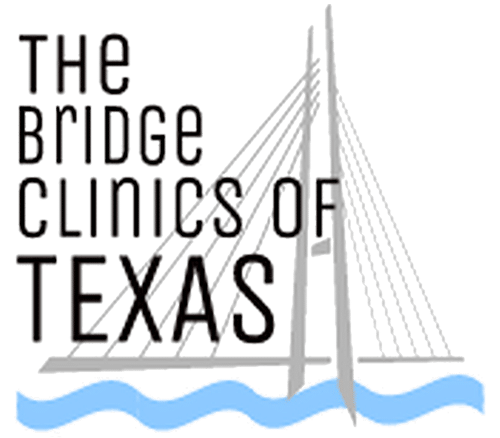Memberships
How much does direct primary care cost?
Our memberships save money and provide direct primary care. Direct Primary Care is a healthcare delivery model that operates on a monthly subscription model between the doctors and the patients. This approach allows the providers and patients to make arrangements directly concerning the provider/patient contract while eliminating bureaucracy and regulations, thereby driving down costs. By eliminating the unnecessary middlemen, extra fees, and paperwork, DPC doctors can offer high-quality medical care at an affordable direct primary care cost. Patients can get access to a broad range of services, from annual physicals to chronic disease management, for a pre-arranged price. They can also receive care in-person, via phone, or video calls, all included in the subscription fee. Additionally, they are free to consult with their DPC doctor at any time without worrying about extra fees. Overall, DPC is a cost-effective solution that puts the emphasis back on the doctor-patient relationship and eliminates bureaucratic roadblocks that can arise with conventional healthcare delivery models.

Individual Monthly

Individual Annually

Couple Monthly

Couple Annually

Family Monthly

Family Annually

Single Parent Monthly

Single Parent Annually
Single Parent Monthly +1
Single Parent Annually +1
Single Parent Monthly +2
Single Parent Annually +2
Single Parent Monthly +3
Top 3 questions people ask about direct primary care cost.
What does direct primary care cost?
The Bridge Clinics of Texas offers memberships that fit the needs of every individual, couple, and family. Memberships will range in cost, depending on the type of service that fits your needs. You can choose between monthly and annual memberships. With direct primary care memberships at The Bridge Clinics of Texas patients are not required to have insurance, eliminating insurance costs.
What is direct primary care (DPC)?
Direct primary care (DPC) is a health care delivery model in which patients pay a flat monthly fee for primary care services, including preventive care, routine care, and coordination of specialist care. Patients do not need to have health insurance to access care under this model; rather, they pay out-of-pocket for their care. The primary care physician will have a small panel of patients and will be able to spend more time with each patient and focus on preventive care. The goal of DPC is to improve access to quality primary care and to reduce health care costs.
How does DPC help to reduce healthcare costs for patients?
Direct Primary Care (DPC) helps to reduce healthcare costs for patients by eliminating the insurance middleman, which can lead to lower costs for both healthcare providers and patients. DPC saves patient’s money by eliminating insurance premiums, co-pays, and deductibles and instead allows patients to pay for their healthcare services directly. DPC providers also negotiate fair and affordable prices for diagnostics and prescriptions, which further helps to lower the cost of care. Furthermore, the flat, monthly fee that many DPC practices charge eliminates the cost of surprise billing. These combined factors allow patients to save money on healthcare costs while also receiving personalized and convenient care.
